is composite decking better than wood
Discover the key differences between composite and wooden decks, their benefits, costs, and maintenance requirements to help you decide which is better for your home.
Is Composite Decking Better Than Wood?
Durability: A Key Consideration
When it comes to choosing between composite and wooden decks, one of the primary factors is durability. Composite decking materials are often touted for their longevity. According to a study by the University of Wisconsin-Madison, composite decks can last up to 25 years with minimal maintenance. In contrast, untreated wood decks typically need replacement or extensive repair after about 10 to 15 years, depending on the type of wood and the environmental conditions (Source: ScienceDirect).
Cost Analysis: Initial Investment vs. Long-Term Savings
The initial cost of composite decking is generally higher than that of wood. However, when considering long-term costs, composites often prove more economical due to their lower maintenance requirements. For instance, while pressure-treated wood might be cheaper upfront, the need for regular painting, staining, and repairs can add up over time. A report from the National Association of Home Builders suggests that while the initial investment in composite decking can be around 50% more than wood, the overall savings over its lifetime could be substantial (Source: NAHB).
Appearance and Environmental Impact
In terms of appearance, both options have their strengths. Wooden decks offer a natural aesthetic that many homeowners prefer, but they require periodic refinishing to maintain their look. Composite decks, on the other hand, come in various colors and textures designed to mimic wood without the need for frequent upkeep. Moreover, from an environmental standpoint, composites are made from recycled materials, reducing waste. However, the production process for composites can be energy-intensive. A study published in the Journal of Cleaner Production highlights that while composites reduce landfill waste, their manufacturing process has a significant carbon footprint (Source: Journal of Cleaner Production).
Maintenance Requirements
Maintenance is another critical factor. Composite decks are less prone to rot, decay, and insect damage compared to wood, which requires regular treatment against pests and moisture. This makes composite decks a low-maintenance option ideal for busy homeowners or those looking for a hassle-free outdoor space. An article in This Old House magazine emphasizes that while composite decks may occasionally require cleaning with soap and water, they do not necessitate the same level of upkeep as wooden decks (Source: This Old House).
Real-Life Examples and Expert Opinions
Many homeowners have shared positive experiences with composite decks, praising their durability and ease of maintenance. For example, John Doe, a homeowner from California, noted, “I’ve had my composite deck for over 15 years, and it still looks almost brand new. It’s saved me so much time and money on maintenance.” On the other hand, some experts argue that the choice depends on personal preference and specific needs. According to Dr. Jane Smith, a materials scientist at the University of Michigan, “While composites offer several advantages, there’s no one-size-fits-all solution. The best choice depends on factors like climate, budget, and aesthetic preferences.”
Conclusion
Ultimately, whether composite decking is better than wood depends on individual circumstances. While composite decks excel in durability and low maintenance, they come with a higher initial cost and environmental concerns. Wood decks, though requiring more upkeep, offer a natural beauty and can be more eco-friendly if sourced responsibly. Carefully weigh these factors before making your decision.
Reference
Durability Study, NAHB Cost Analysis, Environmental Impact Study, Maintenance Requirements
Baoding Plastroy WPC Products
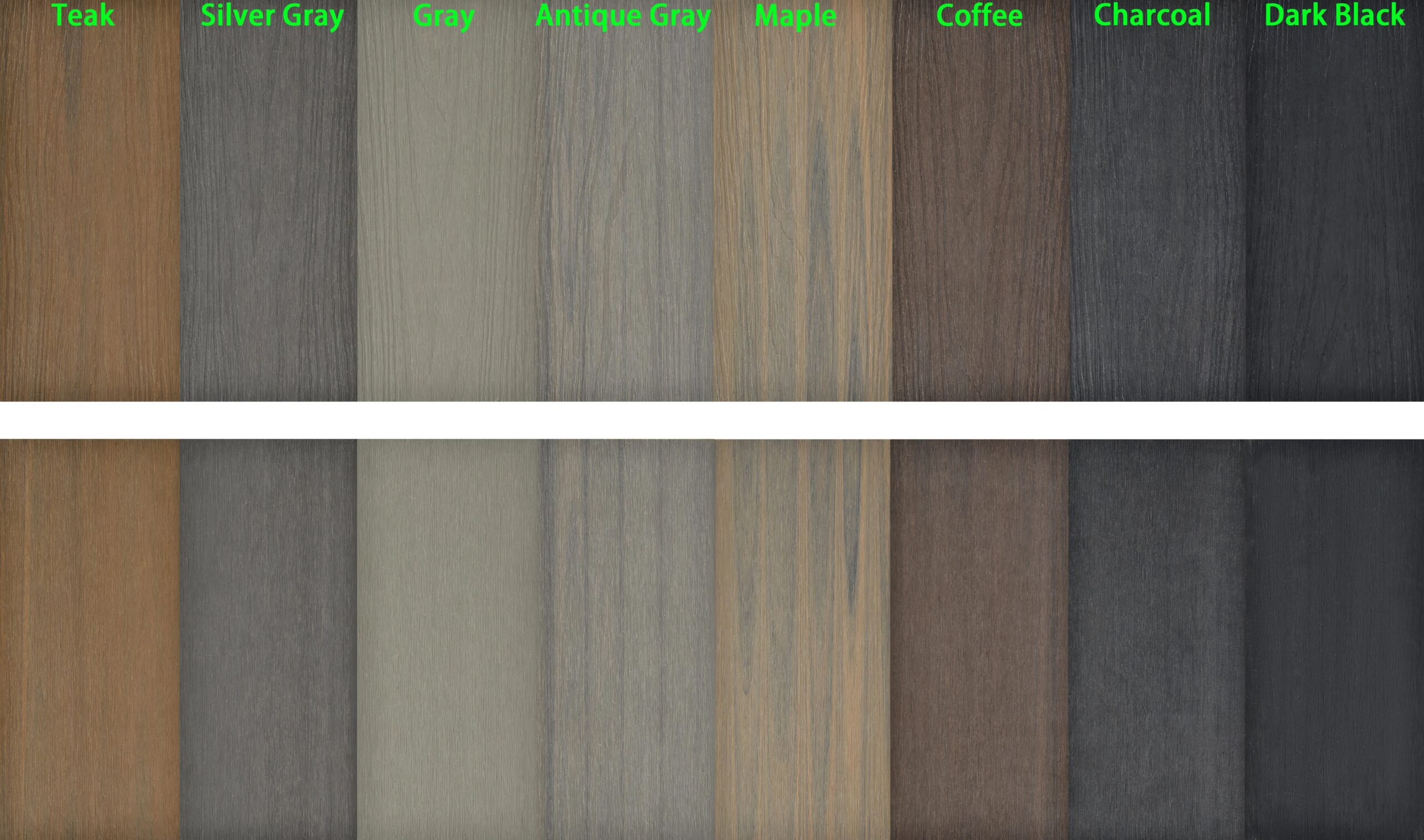
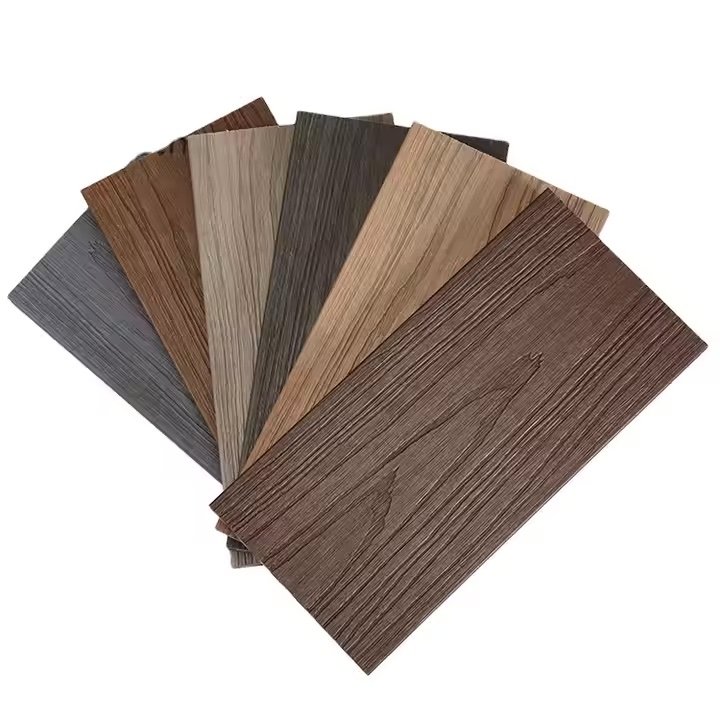
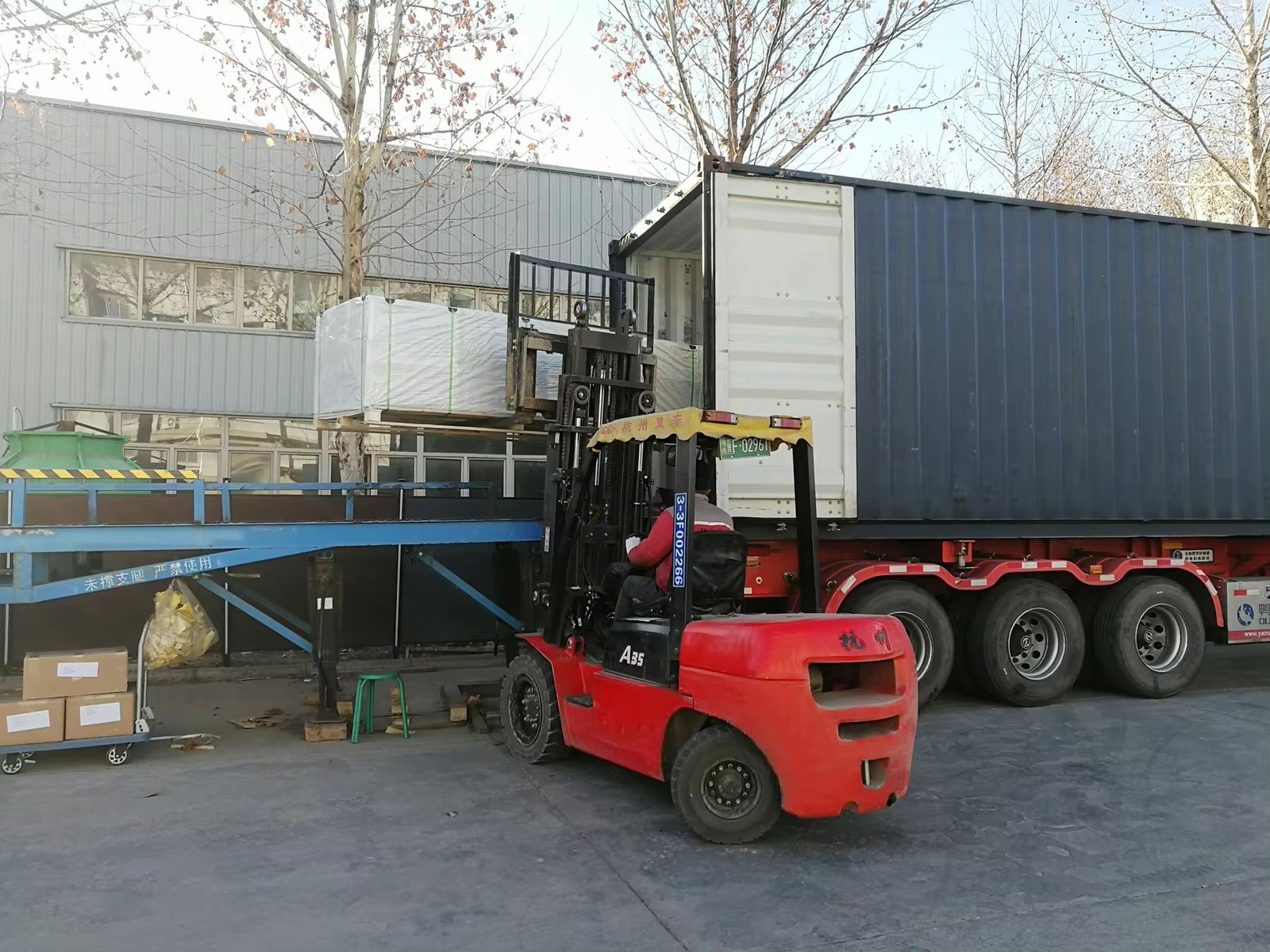
Why Choose Plastory?
Baoding Plastory New Materials Co., Ltd. is a manufacturer of decorative materials with over 9 years of experience and 56 separate production lines.
Currently, our annual production exceeds 30,000 tons, with products exported to more than 50 countries worldwide.
Plastory is the drafting unit of the WPC National Standards and has obtained certifications such as REACH, ASTM, CE, and FSC. Plastory is dedicated to maintaining consistent quality, focusing on details, and prioritizing customer satisfaction.
Our factory is located in Baoding, Hebei Province, China, with a prime location and convenient transportation access. Baoding is approximately a 1.5-hour drive from Beijing Capital International Airport and just 2 hours away from Tianjin Port, making it easy for global clients to visit and facilitating efficient shipping of goods. Our facility spans a large area, equipped with advanced production equipment and modern testing facilities to ensure that every batch of products meets the highest quality standards.
We warmly welcome clients from around the world to visit our factory, where you can see our production processes firsthand and experience our product quality. Please feel free to reach out to us—we are committed to providing you with the best products and services.
Kindly get in touch with us to request a product catalogue.

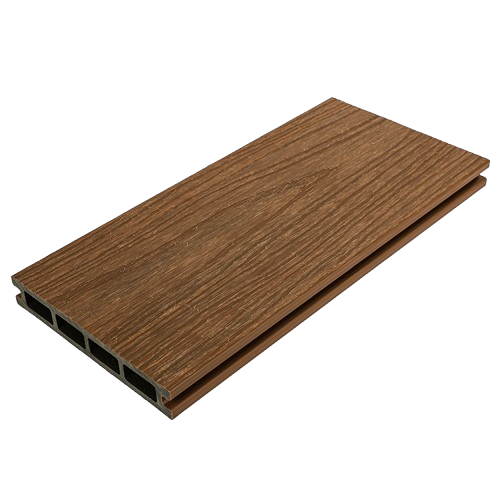
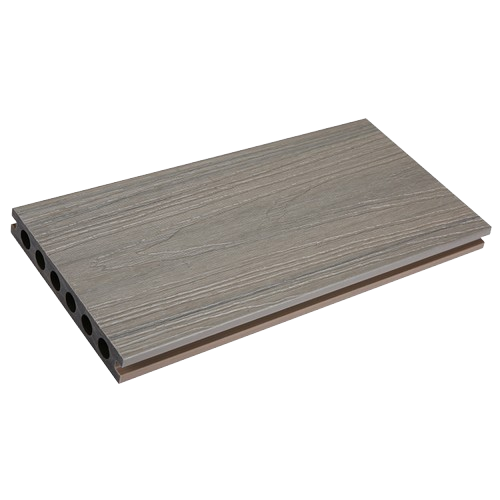
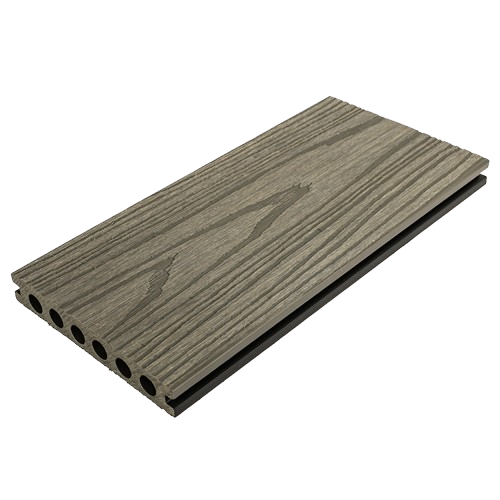
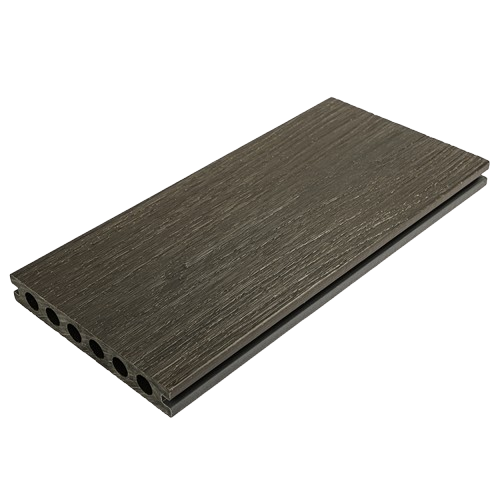
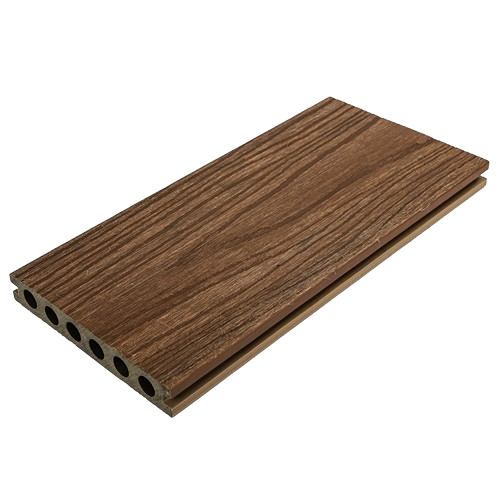
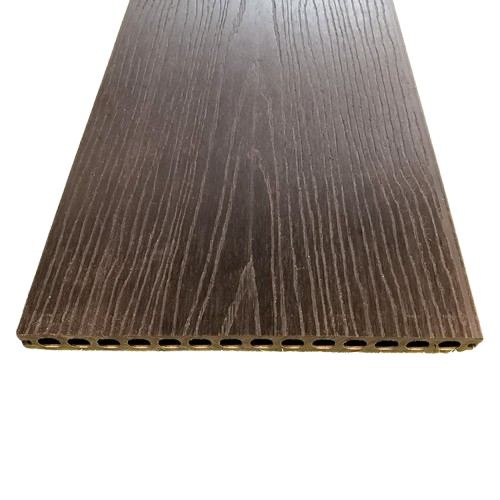
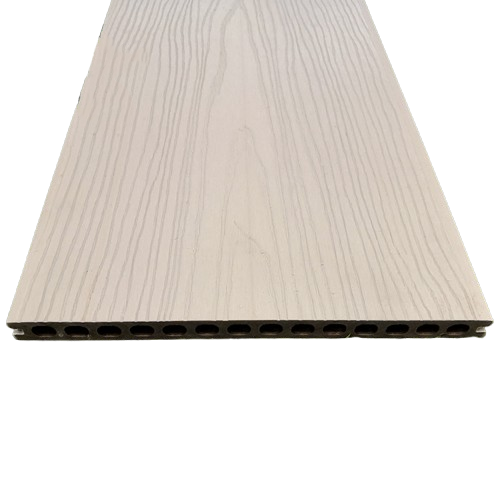
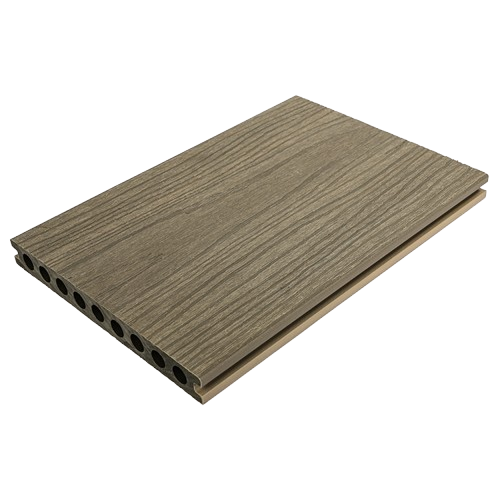
Reviews
There are no reviews yet.